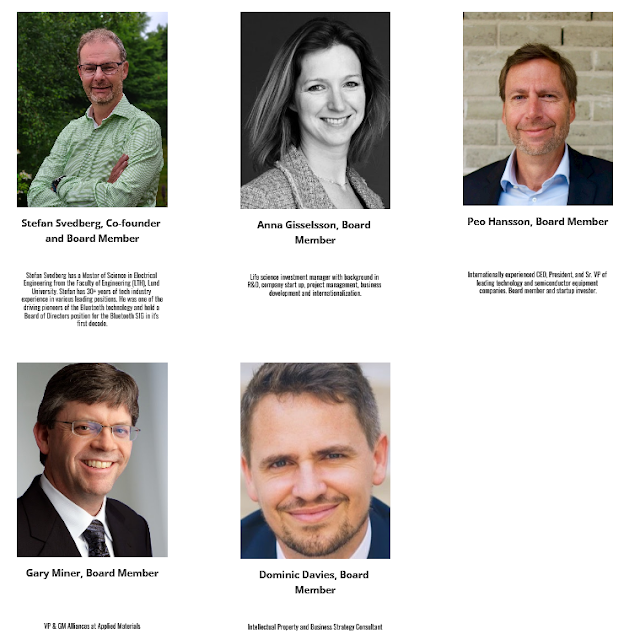Mapping the Semiconductor Supply Chain: The Critical Role of the Indo-Pacific Region
The report underscores the Indo-Pacific region's paramount role in the complex global semiconductor supply chain. Across various stages, from design to fabrication, the report illuminates the region's indispensable contributions to the industry's functionality and the wider impact on global economics and geopolitics.
The report highlights semiconductors' critical position in the world economy, impacting sectors like electronics and infrastructure. With annual sales surpassing half a trillion dollars and a far-reaching economic impact, recent events like the semiconductor shortage, causing a $240 billion GDP reduction and halting auto production, underscore this centrality.
The analysis delves into the intricate facets of the semiconductor supply chain, spotlighting the collective influence of Taiwan, Japan, China, and South Korea. These Indo-Pacific nations specialize in semiconductor design, fabrication, and more, with the United States as a significant player, reflecting its Pacific power status and industry leadership.
The authors unravel the complexities of design, fabrication equipment, materials, and assembly. They emphasize the U.S.'s lead in design software and intellectual property. The report also uncovers the Indo-Pacific's domination of manufacturing equipment, especially by the U.S., Japan, and South Korea.
Geopolitically, the report discusses how national strategies adapt to ensure resilient supply chains and technological sovereignty. It underscores the need for collaboration, particularly in the Indo-Pacific, to build robust ecosystems that counter risks and ensure secure supply chains.
Materials and Chemicals: Cornerstones of Semiconductor Manufacturing
The semiconductor industry's core relies on vital raw and manufactured materials like silicon wafers, photomasks, and photoresists, as well as crucial chemicals in the manufacturing process. The market for these fabrication materials exceeded $40 billion in 2021, concentrated mainly in the United States, Germany, Japan, Taiwan, South Korea, and China. Taiwan claimed the largest share with 25%, while Europe and China had smaller shares. Silicon wafers, forming a significant portion of the market, are essential components for semiconductor production. Their market has evolved over two decades, with five companies now controlling 95% compared to over 20 in 1990.
Key players in silicon wafer manufacturing include Japanese, Taiwanese, German, South Korean, and French firms. While China's presence is growing, its ability to produce 300 mm/12-inch silicon wafers remains limited. Photomasks and photoresists, integral to semiconductor fabrication, are mainly dominated by Japanese, Taiwanese, and South Korean companies. China's progress in these areas has been notable, marked by investments aimed at enhancing their capabilities. The report highlights these materials' significance within the complex semiconductor supply chain and underscores the Indo-Pacific's pivotal role in their production and distribution.
Semiconductor Manufacturing Equipment: Key Players and Indo-Pacific Dominance
Summary: The semiconductor manufacturing process relies on highly specialized equipment to create intricate integrated circuits on silicon wafers. The Indo-Pacific region dominates the semiconductor manufacturing equipment (SME) market, contributing to 77% of global SME sales. The United States and Japan lead in SME production, with South Korea also playing a significant role. The United States and Japan excel in producing wafer fabrication equipment, while Japan has a strong presence in assembly and test equipment.
China is a major player in assembly, test, and packaging (ATP) equipment, particularly through companies like ASM Pacific. The Indo-Pacific region is home to the majority of semiconductor fabrication facilities, with China rapidly expanding its fabrication capabilities. Additionally, ATP facilities are concentrated in the Indo-Pacific region, with Taiwan, China, and Southeast Asia (including countries like Singapore, Malaysia, Vietnam, and the Philippines) being key contributors. ATP facilities encompass processes such as chip cutting, testing, and assembling, and while these processes may be less complex compared to other stages of manufacturing, they have become more intricate with the continual shrinking of transistor size and density in semiconductor chips.
In summary, the report unveils the Indo-Pacific's pivotal role in the global semiconductor industry. By dissecting the supply chain and revealing its geopolitical implications, the report serves as a vital resource for policymakers and industry stakeholders in navigating this dynamic landscape.



%20(1).png)






















